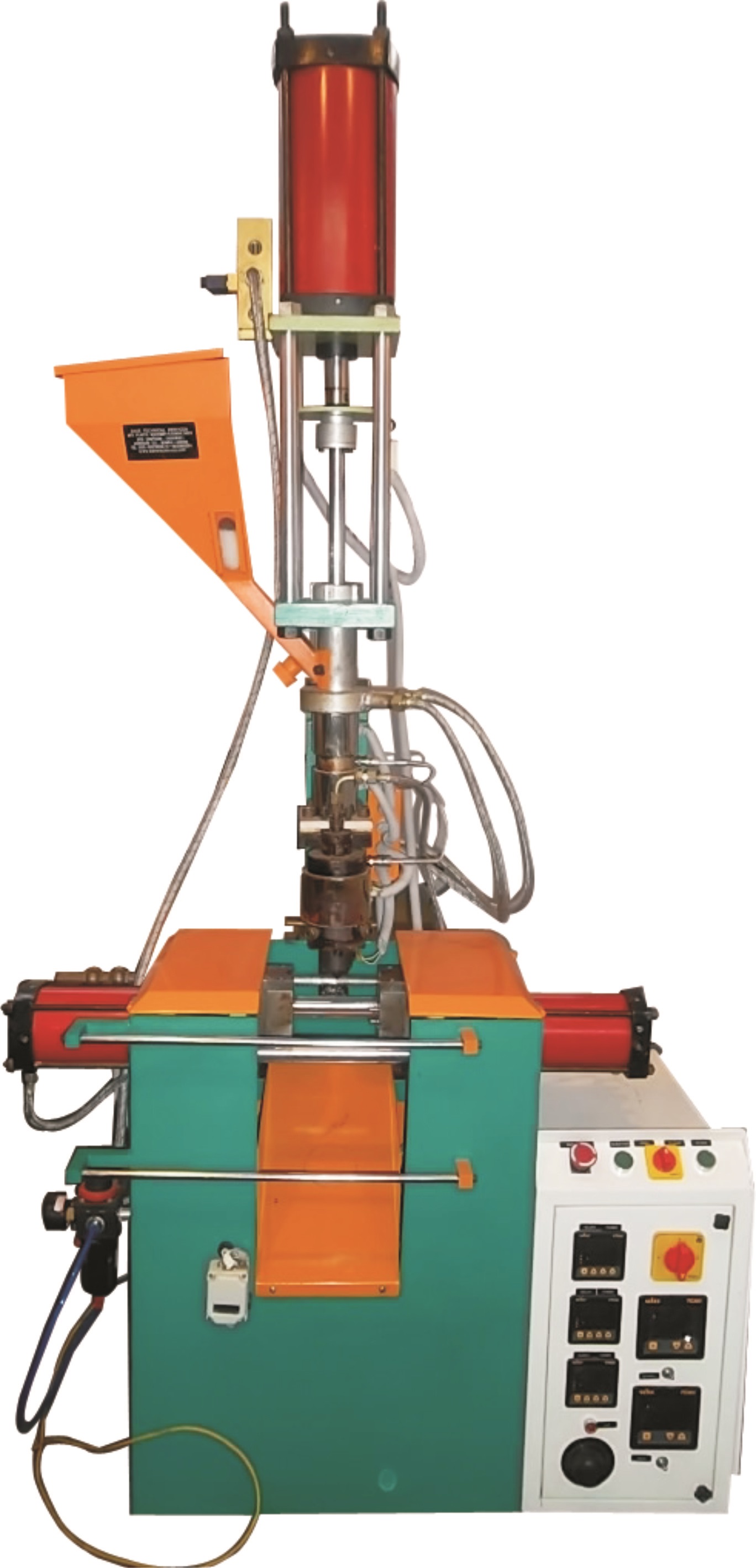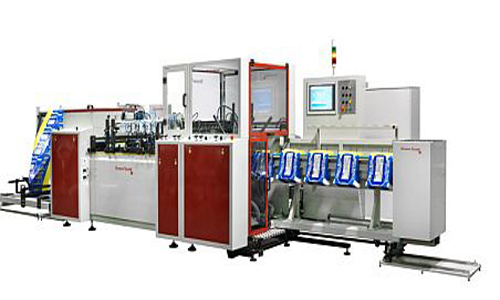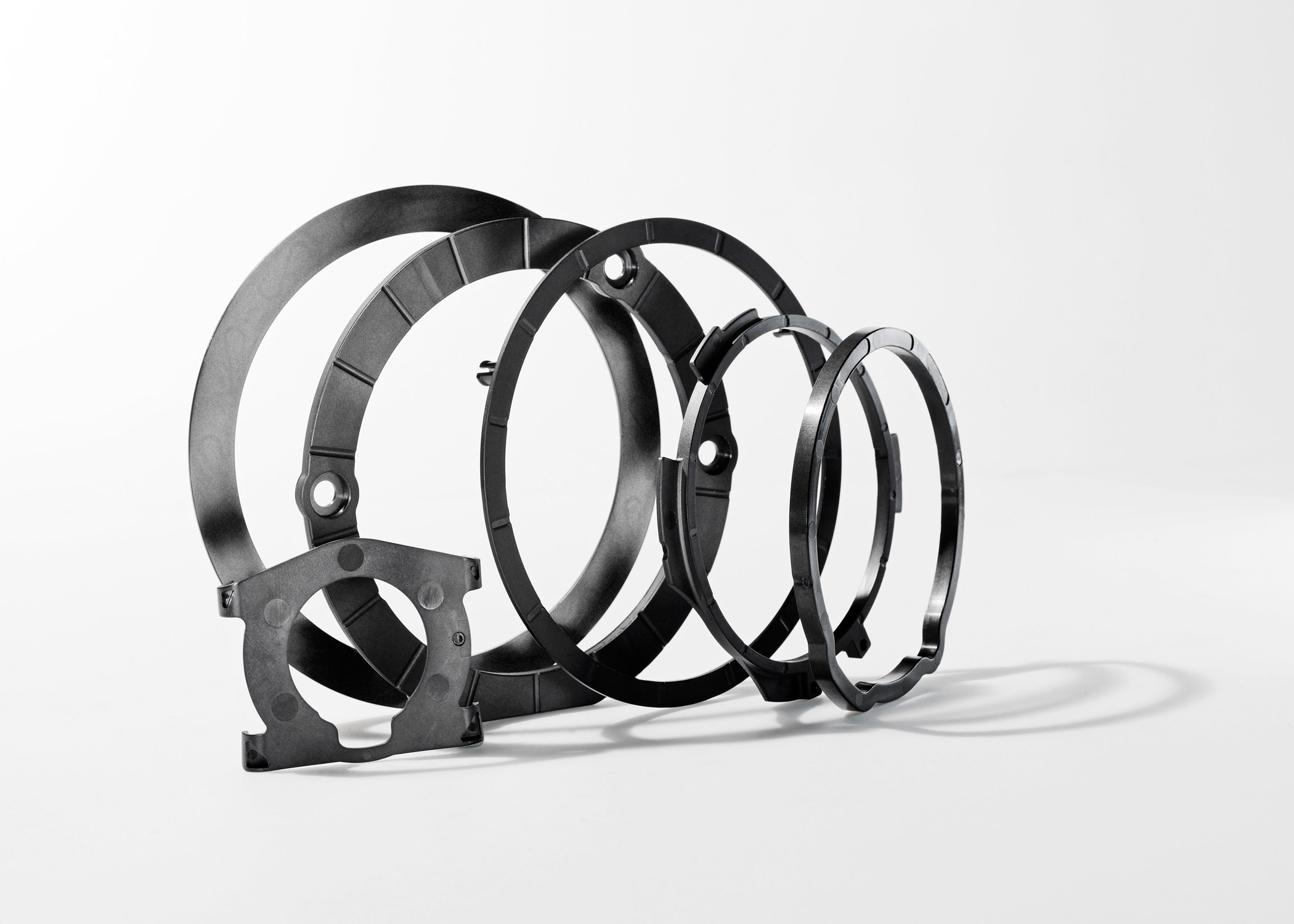DME Company, a leading manufacturer of molding technologies, recently announced the release of a new hydraulic locking
cylinder for plastic and die cast tools. The cylinder actuates core pulls and mold slides in injection molds, reducing design, machining, fitting and maintenance time compared to traditional slide assemblies.
DME will be exhibiting the new hydraulic locking cylinder at their K-show booth (DME Hall 1, Stand C25)in Düsseldorf, from October. 27 to November 3, 2010.
“The hydraulic locking cylinder completely changes the way processors are able to conduct core pulls,” said Trevor Pruden, Mechanical Engineering Manager for DME. “This technology makes the process quicker and more efficient.”
The cylinder’s mechanical lock incorporates a segmented ring that is pushed outward and held by the tapered piston in a cylinder groove. This provides advantages over traditional cylinders, which require heel blocks in order to withstand loads that result from injection pressure within the molded part cavity.
The cylinder uses proximity switches to sense when the cylinders are fully extended or fully retracted, and the piston has a built-in cushion at the fully-retracted stroke end.
A key benefit of the hydraulic locking cylinder is that it enables smaller mold base sizes and stack heights, improving efficiency. The cylinder’s opening movement also operates independently of the mold opening. The piston can be retracted before the mold opens, resulting in reduced cycle time.
Other benefits of the cylinder include the following:
• Capability of providing pre-loads
• Integral mounting flange and front cylinder head
• Spacer plate (shim) for accurate final setup
• Positive mechanical lock
• Large locking surfaces for long service life
• Interchangeable cylinders
• High degree of accuracy
The cylinder is constructed of hardened components for long life and is able to withstand heavy loads. It has a maximum hydraulic operating pressure of 3,625 PSI within the cylinder, and is available in a variety of sizes to withstand loads resulting to plastic injection pressure within the molded part cavity. The cylinder withstands temperatures up to 356 degrees Fahrenheit, and the proximity switches withstand temperatures up to 212 degrees Fahrenheit.
Source : www.adsalecprj.com






